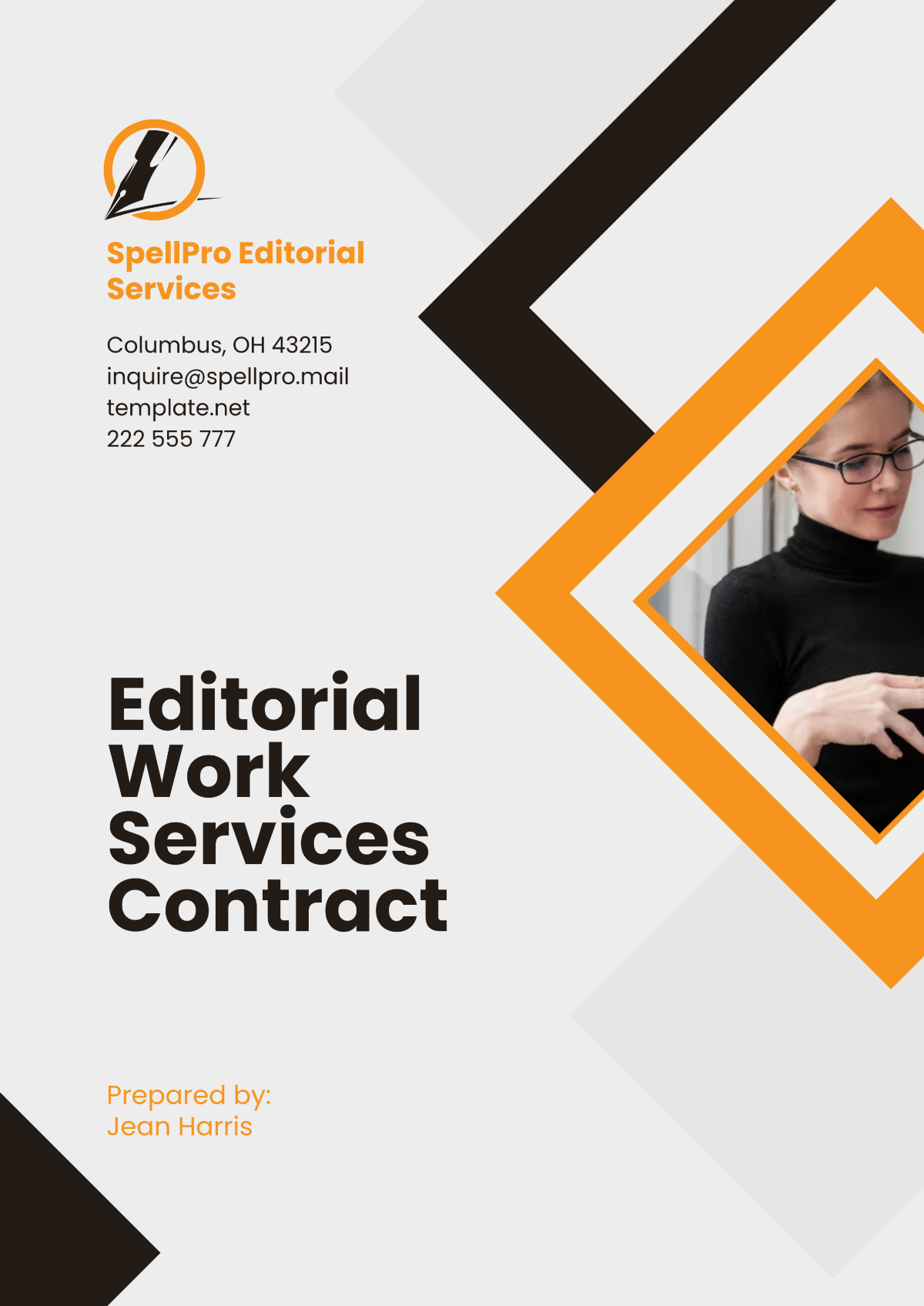Editor Criteria
Prepared by: [Your Name]
Date: September 24, 2050
Introduction
In today's fast-paced digital landscape, maintaining high-quality content is crucial for ensuring that publications meet their editorial standards and effectively engage their audience. High-quality content not only upholds the reputation of the publication but also provides value to readers through accurate, relevant, and compelling information. The following criteria have been developed to evaluate content based on these essential aspects, ensuring that each piece meets the desired quality benchmarks.
Purpose
The purpose of these criteria is to establish a comprehensive framework for assessing content quality. By applying these standards, editors and content creators can ensure that the material produced is accurate, relevant, and engaging while adhering to the publication's guidelines and style. These criteria aim to facilitate a consistent evaluation process, enhance the overall quality of content, and uphold the integrity of the publication.
Scope
The scope of these criteria encompasses all types of content produced for publication, including articles, blog posts, reports, and other written materials. These standards are designed to be applied during various stages of content creation, from initial drafting to final review, ensuring that all aspects of content quality are thoroughly examined. The criteria address key factors such as accuracy, relevance, clarity, and engagement, providing a holistic approach to content evaluation.
Criteria Table
Criteria | Description | Assessment Standards |
|---|---|---|
Accuracy | Ensures that the content is factually correct and free of errors. | Content should be verified against reliable sources. |
Relevance | Check if the content aligns with the publication’s target audience and subject matter. | Content should address the audience's needs and interests. |
Clarity | Assesses if the content is presented in a clear, understandable manner. | Content should be free from jargon and complex language. |
Consistency | Evaluates the uniformity of style, tone, and formatting throughout the content. | Content should adhere to the publication’s style guide. |
Engagement | Measures how well the content captures and maintains the reader's interest. | Content should be engaging and include compelling elements. |
Structure | Reviews the organization of content, including headings, subheadings, and logical flow. | Content should be well-structured and easy to navigate. |
Originality | Ensures the content is unique and not plagiarized. | Content should present new ideas or perspectives. |
Accuracy of Sources | Verifies that sources cited are credible and correctly referenced. | Sources should be from reputable and relevant publications. |
Grammar and Spelling | Checks for proper grammar, spelling, and punctuation. | Content should be free from grammatical and typographical errors. |
Alignment with Guidelines | Ensures that the content follows any specific guidelines provided by the publication. | Content should adhere to any specific requirements or instructions. |
Evaluation Process
The evaluation process is a structured approach designed to assess the quality of content based on established criteria. It involves several stages to ensure that the content meets the publication’s standards for accuracy, relevance, clarity, and overall effectiveness. Below is a description of each stage in the evaluation process:
Initial Review: Conduct a preliminary assessment to ensure the content aligns with the publication’s overall objectives and target audience.
Accuracy Check: Confirm the factual correctness of the content and the reliability of sources.
Relevance Assessment: Ensure the content is pertinent to the intended audience and addresses their needs or interests.
Clarity Evaluation: Assess the readability and understandability of the content.
Consistency Check: Confirm that the content maintains a uniform style, tone, and formatting.
Engagement Analysis: Measure how effectively the content captures and retains reader interest.
Structural Review: Ensure that the content is organized logically and is easy to navigate.
Originality Check: Confirm that the content is unique and free from plagiarism.
Source Accuracy Verification: Ensure that all sources cited are reliable and correctly referenced.
Final Review: Conduct a final check to ensure all criteria are met before publication.


























